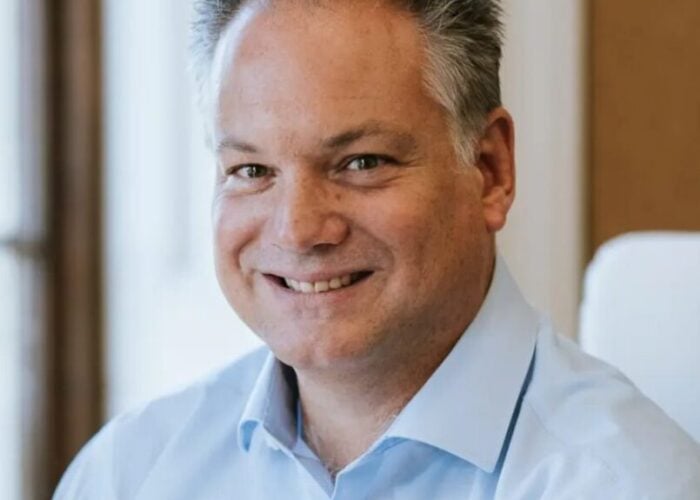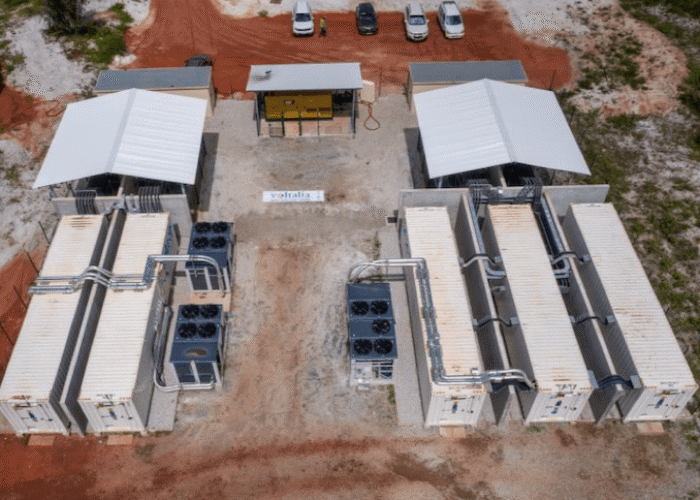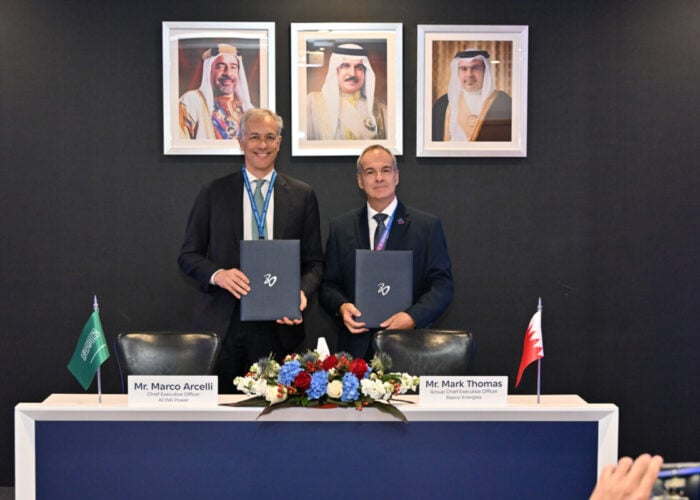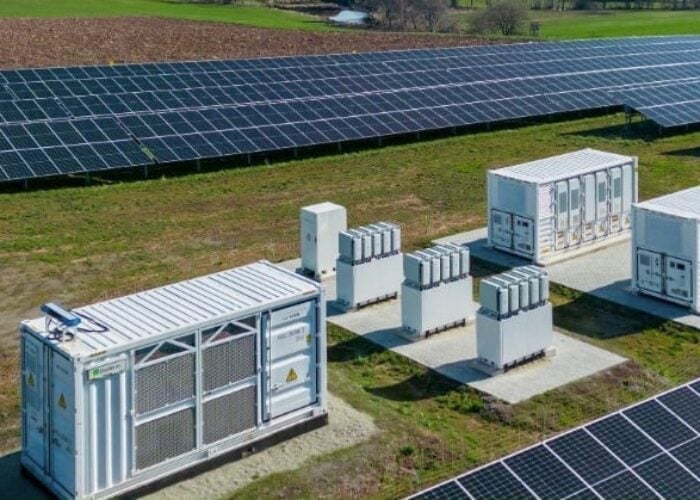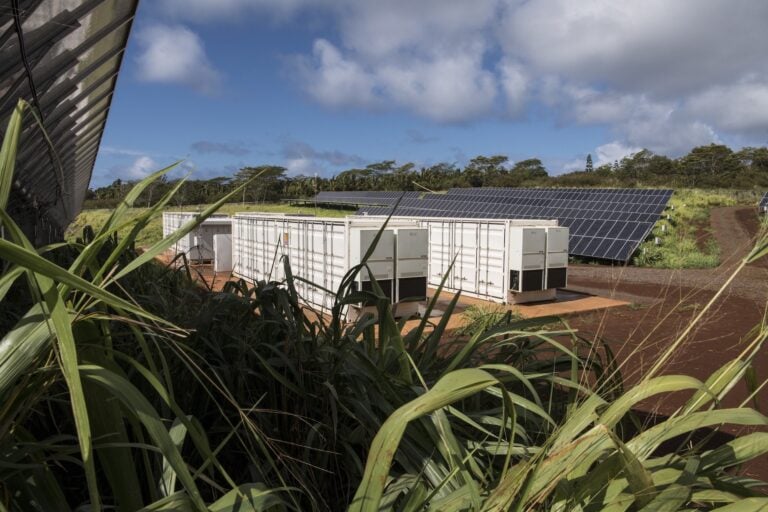
The installed cost of solar PV, solar-plus-storage and standalone battery energy storage in the US was reduced across all market segments between 2020 and 2021, with the biggest drop seen in the utility-scale segment.
The US National Renewable Energy Laboratory (NREL) has just released the latest edition of its annual benchmarking exercise for the cost of solar PV and energy storage in the country. It compares the installed cost of the technologies from Q1 2020 to Q1 2021, using a bottom-up method that accounts for all system and project development costs.
Try Premium for just $1
- Full premium access for the first month at only $1
- Converts to an annual rate after 30 days unless cancelled
- Cancel anytime during the trial period
Premium Benefits
- Expert industry analysis and interviews
- Digital access to PV Tech Power journal
- Exclusive event discounts
Or get the full Premium subscription right away
Or continue reading this article for free
Researchers found that the cost of a 100MW utility-scale single-axis solar plant fell by 12.31% from US$1.02/Wdc to US$0.89/Wdc. Installed costs for a 60MW / 240MWh standalone battery energy storage system (BESS) fell by 13.14% from US$437/kWh to US$379/kWh.
For solar-plus-storage, both DC-coupled and AC-coupled configurations were looked at. The cost of a utility-scale PV + BESS system, DC-coupled with 100MW PV and 60MW / 240MWh BESS fell by 11.55% from US$190 million to US$168 million. For an AC-coupled system of the same generation, output and capacity, the cost reduction was slightly greater, at 12.26%, falling from US$190 million to US$167 million.
Meanwhile, for commercial-scale installations, the cost reduction was between 9.25% for DC-coupled solar-plus-storage, 9.48% for AC-coupled solar-plus-storage and 10.71% for solar PV on its own, with a 10.65% reduction in the cost of standalone BESS.
The modelled commercial system sizes were 200kW of PV for a solar PV-only installation, 1MW of solar PV paired with 600kW / 2,400kWh of battery or 600kW / 2,400kWh of standalone battery storage.
Residential standalone BESS saw a similarly dramatic cost reduction year-on-year, dropping 9.68% for a 5kW / 12.5kWh system, but a 22-module residential PV-only system’s installed cost only fell 3.25%. A DC-coupled residential solar-plus-storage system’s cost fell 5.79% while an AC-coupled residential solar-plus-storage system dropped just 3.39%.
However, various factors like changes in operational profile, system design and technology improvements saw the residential solar and solar-plus-storage segments enjoy similar or bigger falls in levelised cost of energy (LCOE) to commercial and utility-scale.
Residential PV-plus-storage’s LCOE fell 13%, as did utility-scale solar-plus-storage. Residential standalone PV’s LCOE fell 9%, as did the LCOE of commercial-scale PV systems. Utility-scale PV system LCOE fell by 12% and commercial solar-plus-storage by 7%.
The full 62-page report is available for free from NREL’s website.
Some of the global supply chain issues currently being experienced by companies across the solar value chain — and many other unrelated industries — in the wake of the COVID pandemic have reportedly now begun to also be felt in the battery storage industry. Meanwhile, specific solar supply chain issues like trade tariffs on imported modules to the US and the fluctuating price of polysilicon will combine with these global industry dynamics to perhaps make it uncertain which direction costs will go by the time of next year’s report.

